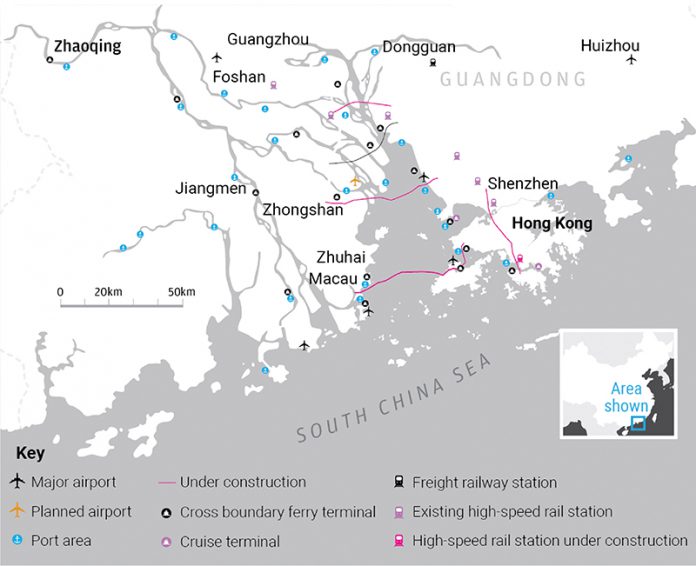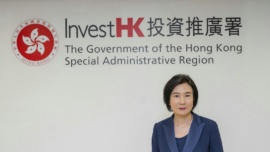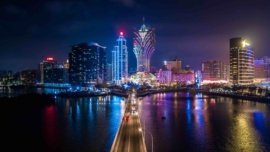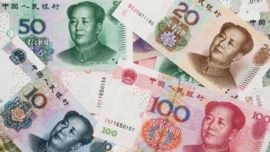“Rivalry does exist in the [Pearl River] region and that was why the central government has been using the Greater Bay Area concept to encourage all the main cities in South China to co-ordinate among themselves economically and in other areas in the coming years,” political commentator Sonny Lo told Macau Business.
The author of The Politics of Policing in Greater China book (2016) understands that the “political economy of mutual competition” of Macau, Shenzhen, Zhuhai, Hong Kong and Guangzhou “will be exacerbated with the passage of time, accompanied by the need to co-ordinate among themselves more effectively in a variety of policy areas, including housing, social welfare, education and environmental protection as well as transport and tourism.”
Just one single example: “Why must Hong Kong assert its position as China’s first city” was the headline of a recent opinion piece in The South China Morning Post, penned by Mike Rowse, the CEO of Treloar Enterprises.
Rivalry is thus a concept that should not be ignored when speaking of co-operation between cities in the Canton region, in the most varied sectors.
Cathy Hsu of Hong Kong Polytechnic University, and an expert on tourism co-operation in the PRD, recently told Macau Business that “regional tourism collaboration is a long-term strategy which requires continuous commitments and efforts from involved destinations to facilitate a sustainable tourism development in the region. The results, therefore, should be discussed from a long-run perspective.” Nevertheless, added the Hong Kong-based academic, “individual destinations’ pursuance of self-interest may potentially be a barrier to co-operation.”
To counteract an increase in inter-city rivalry, the Chinese government is betting on integration. The Greater Bay Area concept (see text on this page) is a good example, but not the only one: the 19-mile bridge between Hong Kong, Macau and Zhuhai across the Pearl River estuary is seen by the Chinese government as promoting unity, both physically and mentally: “It’s psychological. It joins three places,” Wei Dongqing, Executive Director of the Hong Kong Zhuhai Macau Bridge Authority, told Reuters.
And that is precisely what many want to avoid in Hong Kong: “You see a kind of network trying to blur the border between Hong Kong and China. In the coming 10 to 15 years, when all these infrastructure projects are completed, you will see Hong Kong is only part of China because you cannot see a clear border,” said pro-democracy lawmaker Kwok Ka-ki in the same news agency report.
Knowing that this sentiment exists in Hong Kong, Leung Chun-ying toured Guangdong for one of his last public acts as head of the HKSAR Government. “Hong Kong could have bigger potential and better ties with its neighbours,” he said. “Hong Kong is far away from Zhuhai and Macau, and it’s inconvenient to rely upon boats only. With a bridge, Hong Kong’s ties to the two cities, as well as Zhongshan and Foshan, will be closer, and it will be more convenient for Hong Kong people to travel to the western coast of the Pearl River [Delta].”
Greater Bay Area
The concept of creating a Guangdong-Hong Kong-Macau Bay Area (or simply the Greater Bay Area) dates back to 2015 in a policy paper on the Belt and Road Initiative by Beijing, according to Chinese government sources.
The idea is to include Hong Kong, Macau, and nine other cities in Guangdong Province – Guangzhou, Shenzhen, Zhuhai, Foshan, Zhongshan, Dongguan, Huizhou, Jiangmen and Zhaoqing, the most highly populated bay area in the world and home to more than 67.6 million people, with a total GDP of over $1.3 trillion in 2016 – to increase connectivity and to boost the regional economy.
Last year, the central government included the concept in its 13th Five-Year Plan (2016-2020).
Last March, and for the first time, Premier Li Keqiang mentioned the concept in the Report on the Work of the Government 2017, promising to draw up the plans this year. “The Bay Area has considerable complexity. On the one hand, the legal systems of Hong Kong, Macau and the Chinese Mainland are different; on the other, complexity also implies diversity and inclusiveness, which will make the Bay Area a place with huge potential for development as it is full of vitality and suitable for innovation,” explains Guo Wanda, Executive Vice President of China Development Institute, a think tank based in Shenzhen, with the approval of the State Council.
























